If you intend to get started with container gardening on a budget, it will take some creativity and resourcefulness.
In fact, the cost of pots, potting mix, soil amendment, and fertilizers can be a significant deterrent for even the most passionate gardening enthusiast.
Thankfully, you can use many budget-friendly materials and techniques to transform a small space into a beautiful, productive oasis.
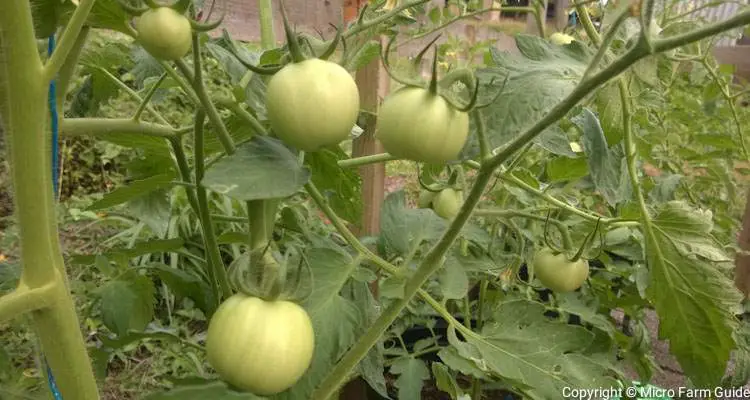
In this article, I share 21 tips you can use to create a fantastic container garden without breaking the bank. Let’s get started!
- Start With A Simple Plan
- Select The Right Plants To Grow
- Use Seedlings Instead Of Seeds (Initially)
- Start Vegetable From Kitchen Scraps
- Locate Free And Cheap Containers
- Explore D.I.Y. Container Options
- Prepare Your Own Potting Mix
- Reuse Potting Soil
- Propagate Plants From Cuttings
- Swap Seeds And Plants
- …
1. Start With A Simple Plan
Limited space and a tight budget don’t mean you cannot create a container garden. However, it will take some planning.
To begin, you should develop a simple garden plan to give you a realistic view of your resources, such as available space, planting materials, money, and time.
You might be amazed at how resourceful you can be when you have a clear goal.
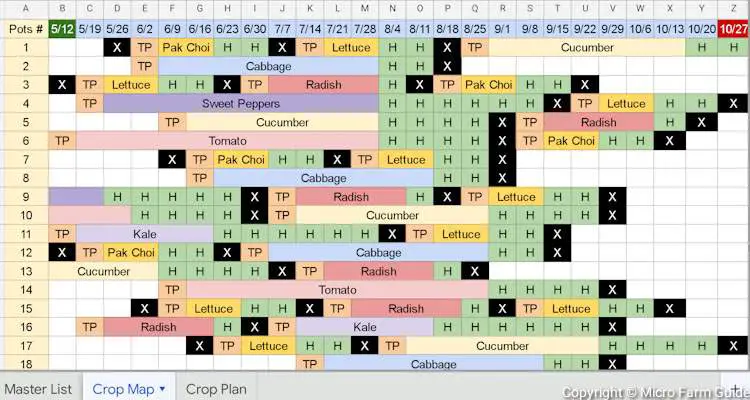
2. Select The Right Plants To Grow
Next, list the vegetable, herbs, and fruits you want to grow. Please take a few minutes to research their basic growing requirements.
In some instances, it would be best to choose varieties that are well-suited to container gardening. Yet, feel free to experiment as you become more experienced.
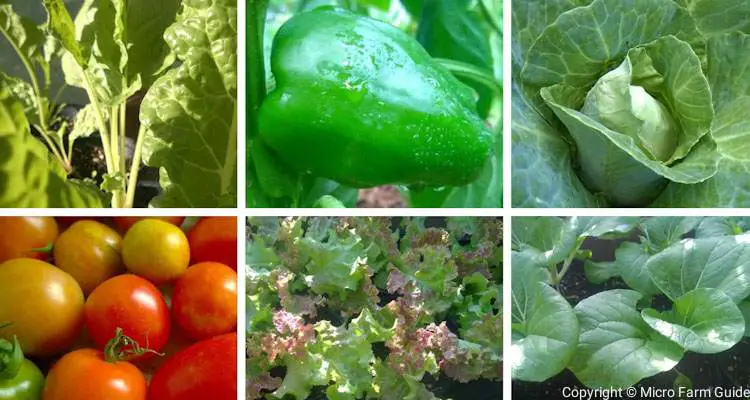
3. Use Seedlings Instead Of Seeds
Initially, you should purchase seedlings from a local garden center or plant nursery instead of trying to start from seeds.
This might seem to defeat the purpose, but transplanting seedlings will give you a head start on the growing season and save you much frustration.
Remember, your main aim is to obtain a yield rather than impress anyone with your ability to start plants from seeds.
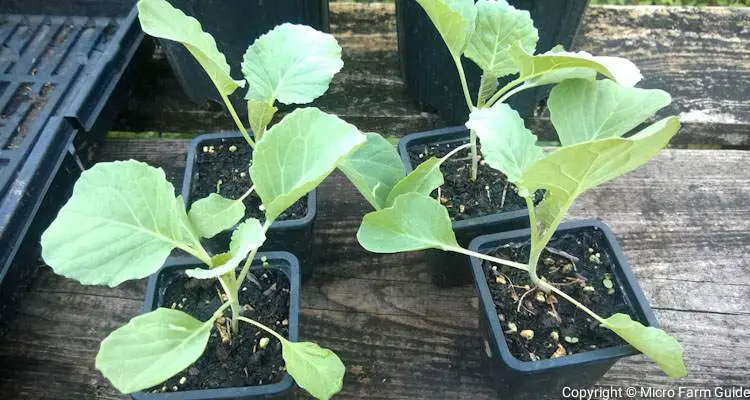
4. Start Vegetable From Kitchen Scraps
Many culinary herbs such as Spanish Thyme, Jamaican Oregano, and Panadol Plants grow easily from cuttings.
As a result, you can propagate herbs from seasoning bundles purchased at your local farmer or supermarket.
This is also a clever way to get your hands on unique plants for your herb garden, many of which are unavailable for sale.
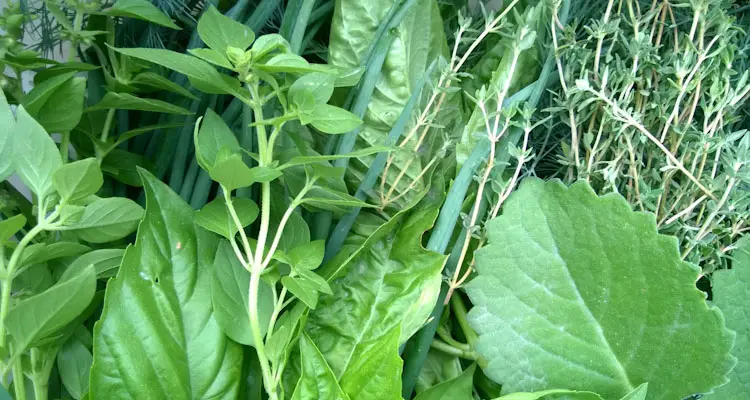
5. Locate Free And Cheap Containers
Contact your local florists, garden centers, plant nurseries, or landscapers to find out if they have any extra used nursery pots.
Some people will have use for them, but in most cases, they will be piled up on the side of the store, waiting to be sent to the landfill or recycling center.
Many companies will happily sell them cheaply or even give them away for free if you go through the proper channels.
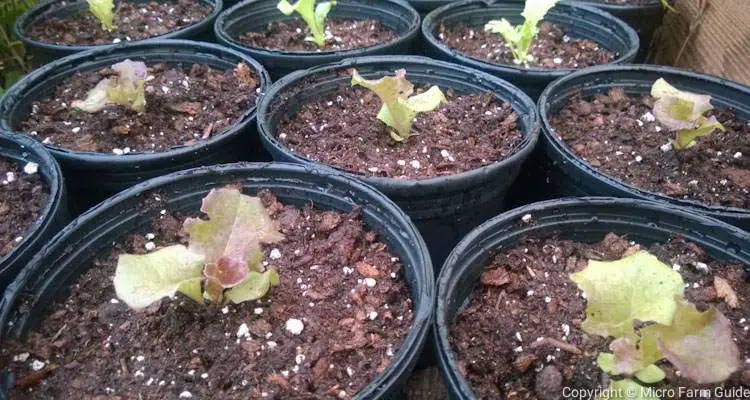
6. Explore D.I.Y. Container Options
In some areas, it is common to repurpose old refrigerators, washing machines, bathtubs, and storage containers to create large planters.
You can use just about anything as a container for your garden, provided it holds the potting soil, is free of harmful chemicals, has proper drainage, and is large enough for the plant you intend to grow.
For example, you can try using plastic buckets, tires, bottles, bags, and even sacks. In other words, think twice before disposing of any that can hold soil.
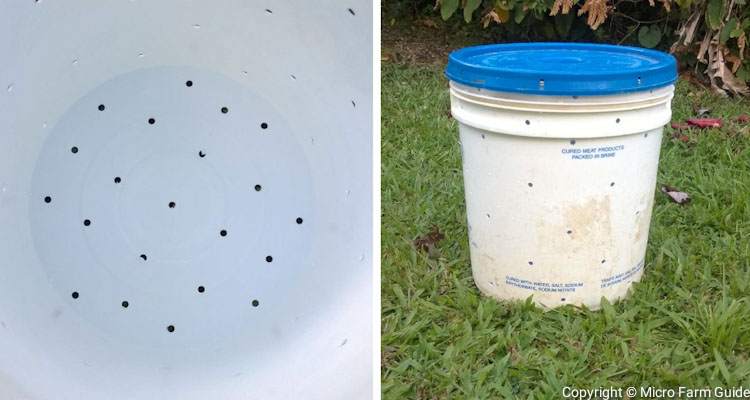
7. Prepare Your Own Potting Mix
Potting soil is your container garden’s most essential and expensive component, depending on your area.
You can make potting soil at home by combining various ingredients, such as compost, coarse sand, and garden soil.
This also means that your container garden will become more sustainable and less reliant on outside growing media over time.
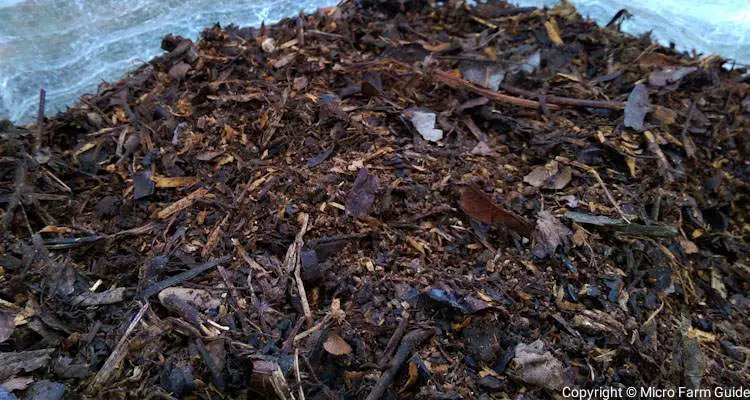
8. Reuse Potting Soil
Contrary to popular opinion, you can reuse potting soil if you take the necessary steps to sterilize and revitalize the media.
You can sterilize old potting soil by adding it to a hot compost pile or using one of several pasteurization techniques.
Then, you’ll need to replace the nutrients with a suitable fertilizer or soil amendment based on the crop you plan to grow.
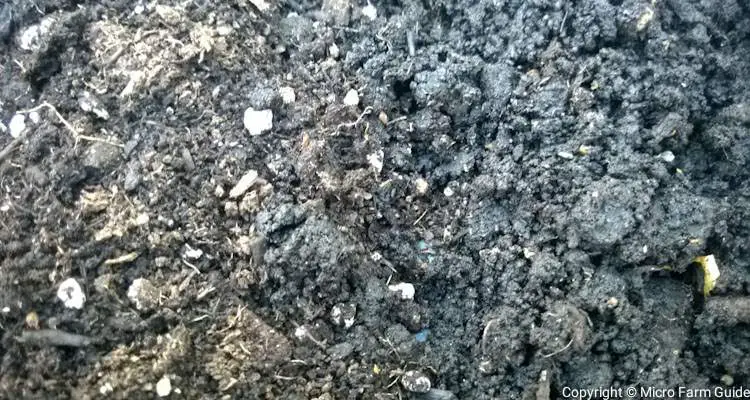
9. Propagate Plants From Cuttings
Many plants are not true-to-seed and can be expensive if you try to purchase potted versions from your local nursery.
As a result, learning how to propagate flowers, herbs, and other plants from cutting is essential if you wish to expand your plant collection without breaking the bank.
Once you develop this skill, you can ask other gardeners for cuttings when they routinely prune their plants. Most will gladly share with you.
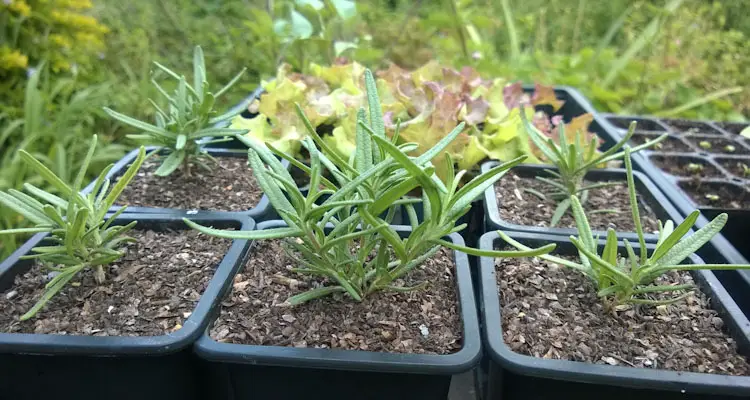
10. Swap Seeds And Plants
Swapping seeds and plants is a great way to add variety to your garden while connecting with other gardeners in your community.
It allows you to try new plants you may not have considered before, saves money, and reduces waste by sharing excess plants and seeds from your garden.
When participating in seed and plant swaps, it’s important to only trade healthy, disease-free items and provide accurate information on the plants.
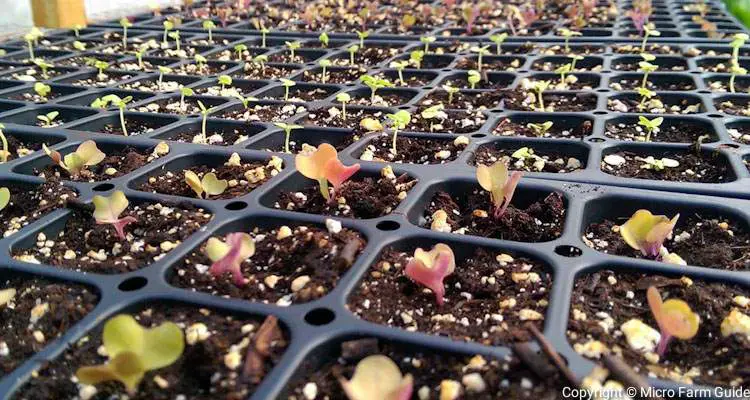
11. Make Your Own Fertilizer
Rather than relying on store-bought fertilizers, you can create your own compost and liquid fertilizers at home using organic material from your kitchen and around the house.
Not only is this a more eco-friendly alternative, but it also allows you to tailor the fertilizers to the needs of your plants while lessening the burden on our landfills.
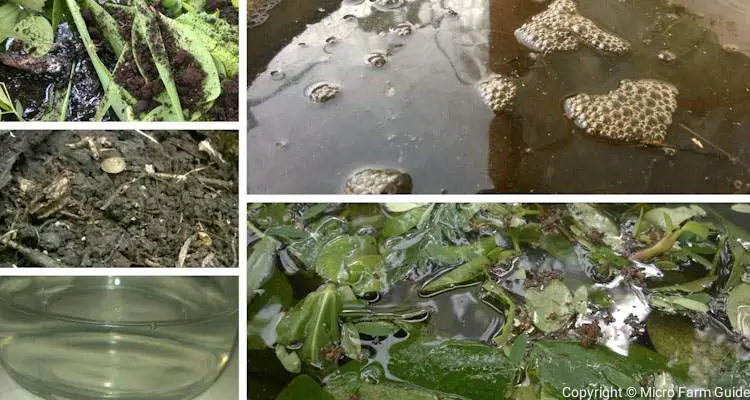
12. Make Your Own Trellis For Climbing Vegetables
Trellises allow you to use vertical space and offer great support for vines and climbing plants like cucumbers. However, quality trellises come at a heavy price.
You can make a trellis using bamboo or wooden poles, chicken wire, or old fences. These are cost-effective alternatives that get the job done.
Recently, I’ve been resorting to string trellises more often than not. These work great for my container garden since I can tie them to the pole above the growing area.
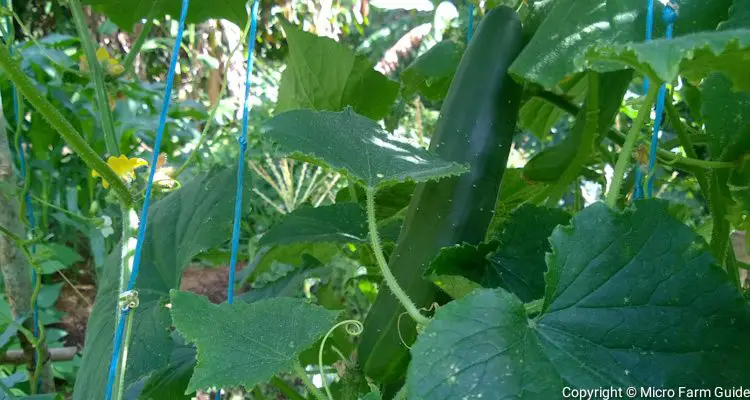
13. Use Simple Hand Tools
I firmly believe that every container gardener must possess the essential tools to do their jobs safely and efficiently.
These tools do not have to be fancy or expensive, but at the very least, include a hand fork, shovel, and pruners. That said, using these simple tools regularly and properly is the key to making the most of them.
As you become more experienced, you will get the hang of the tools you have at your disposal and a clear idea of what you need to add to your tool kit.
14. Harvest Your Own Rainwater
Harvesting your own rainwater can be an excellent way to become more self-sufficient and to ensure a steady supply for your container garden and possibly your household.
You’ll need a collection system with a large flat surface, such as a roof, gutters, downspouts, and a storage tank or containers to get started.
However, it is necessary to check with local regulators to ensure that collecting rainwater in your area is legal and that your collection system is safe and protected from insects such as mosquitoes.
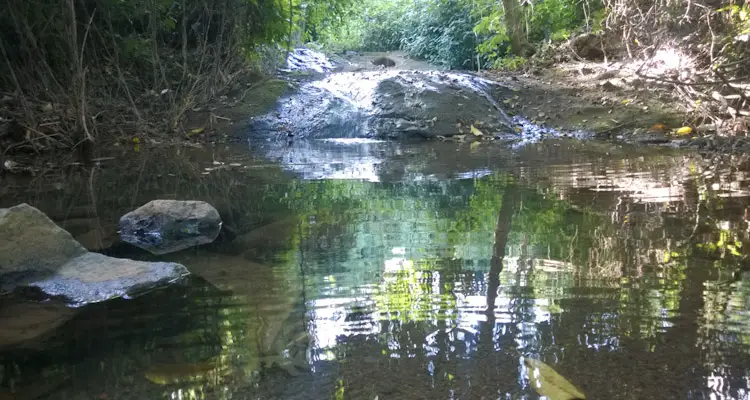
15. Create Your Own Natural Pesticides
Natural pesticides are cost-effective and easy to make using ingredients in your kitchen, such as herbs, liquid soap, and neem oil.
If used properly, these ingredients are safe for you and do not harm beneficial insects like bees and ladybirds.
With some research, you can learn how to create and use natural pesticides safely at home, with the reassurance of knowing exactly what goes into it.
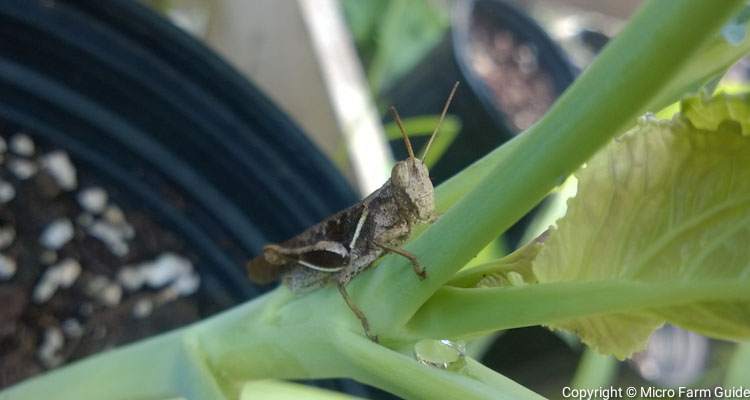
16. Sell, Share, Or Exchange Surplus Vegetables
If you have a surplus of vegetables, please do not allow it to go to waste. Instead, it would help if you considered ways to sell, share or exchange them with your community.
For example, you can post about your garden on social media and online marketplaces or talk to interested individuals directly. This is basically how I got started.
My area doesn’t have an official community swap, but I often exchange produce with friends and family. They are always eager to help me get rid of the extras.
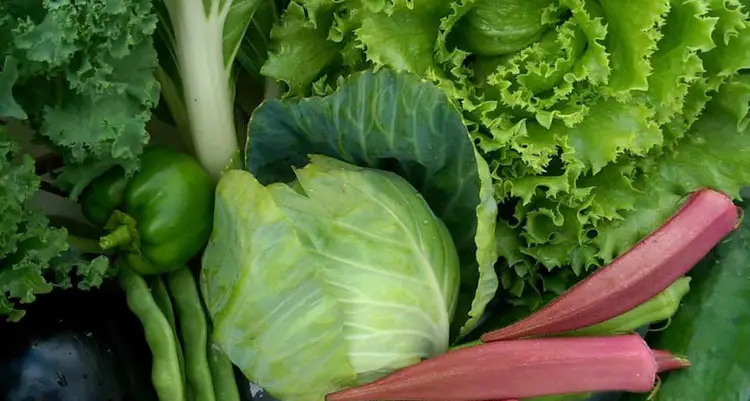
Note: In some areas, you can even set up a farm stand on the roadside or participate in a farmers' market. However, this might require additional permits, but it can be an excellent way to start a micro-farm business.
17. Learn The Fundamentals Of Container Gardening
Container gardening allows us to grow various plants and create vibrant, productive gardens, irrespective of the soil quality in the surrounding area.
And while it offers us relative control over many elements, such as soil, light, nutrients, and water, it’s not always smooth sailing.
Learning the fundamentals of container gardening can significantly enhance your chances of continued success despite the challenges you will face.
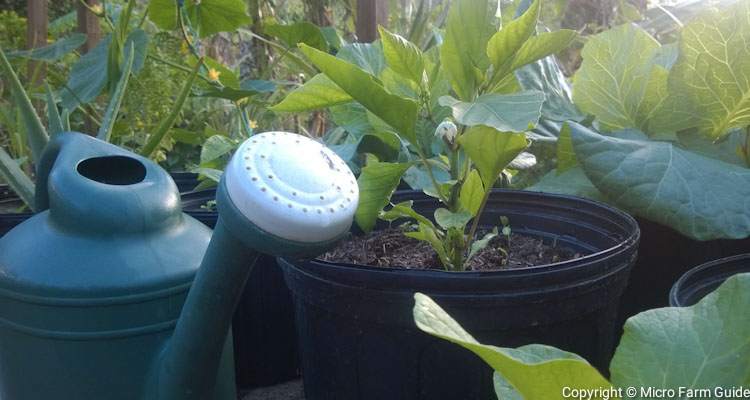
18. Focus On Producing A Yield
Ultimately, container gardening aims to obtain a yield of some sort. To achieve this, you must ensure your plants get what they need to grow healthy.
You can start by ensuring they receive enough nutrients, water, sunlight, and protection from harmful pests and diseases.
Of course, I suggest using organic fertilizers and pest control methods. Still, at the end of the day, it’s entirely up to you.
By focusing on the health and well-being of your plants, you can significantly increase your chances of an abundant harvest in no time.
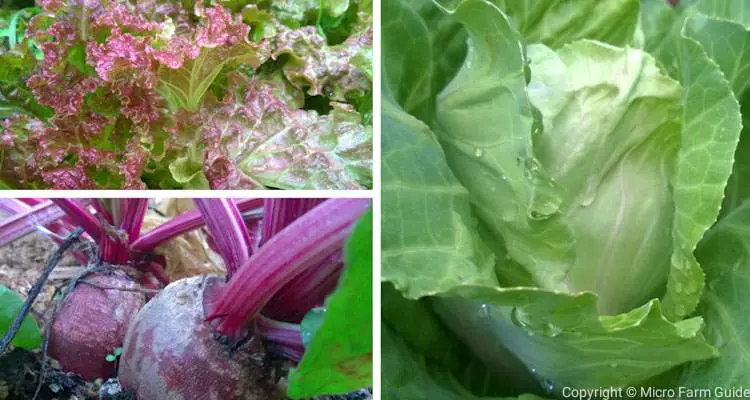
19. Spend Time Observing Your Plants Daily
I highly recommend spending a few minutes daily monitoring your plants for signs of stress, pests, and disease.
This can be crucial in helping you catch any issues early on and using appropriate treatments before they escalate into more significant problems.
For example, by closely monitoring your plants, you can quickly identify any changes in growth patterns, leaf discoloration, and harmful bugs or diseases.
Investing just a few minutes each day can make a significant difference in the health and longevity of your plants.
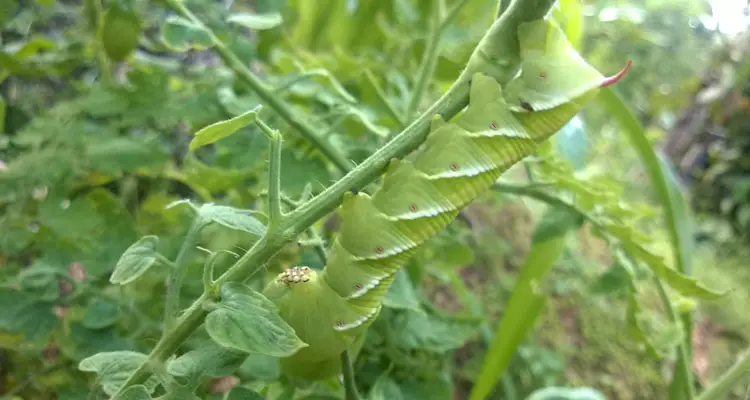
20. Protect Your Plants From Extreme Elements
Plants can be damaged by hot and cold temperatures, heavy rainfall, high winds, and other extreme weather conditions.
As a result, you should consider moving them to a sheltered area during severe weather or investing in protective measures such as shade cloth.
Additionally, ensure your plants are adequately watered and fertilized, as healthy plants are better equipped to withstand extreme weather conditions.
By taking these steps to protect your container plants, you can ensure they stay healthy and productive no matter the weather.
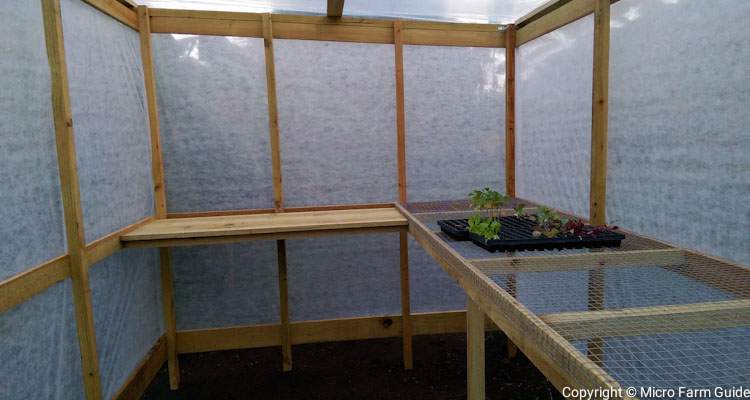
21. Join Gardening Groups And Have Fun
Joining gardening groups is a fantastic way to connect with like-minded individuals who share your passion for nature.
You can have fun discussing garden trends there while learning about plants and gardening techniques, tips, and tricks.
By engaging in gardening groups, you can also access resources and tools that can help you take your gardening skills to the next level.
So don’t be afraid to get involved and explore all that container gardening offers! Have you joined our Facebook group as yet?
Final Thoughts
Container gardening is an excellent way to begin your green thumb journey. Still, it can become expensive if you are not careful.
Thankfully, many fun and creative ways exist to start a fully functional container garden without spending a fortune.
With some planning and ingenuity, you can quickly grow your own herbs, vegetables, and fruits using containers, saving money on grocery bills and providing fresh, healthy produce for you and your family.
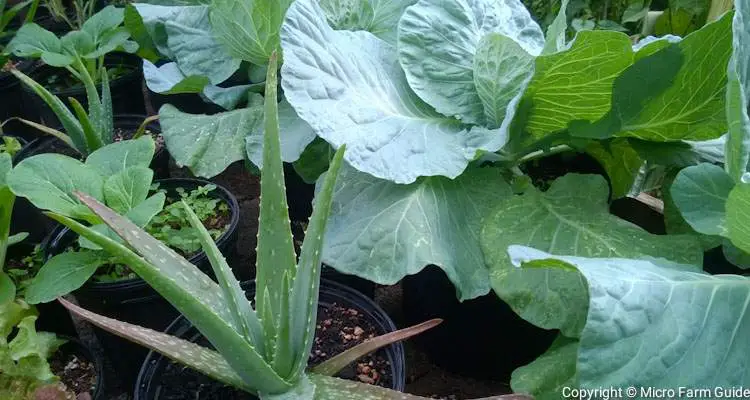
Related Questions
What Is The Cheapest Way To Make A Container Garden?
The cheapest way to make a container garden is to use plant cuttings, recycled containers, homemade potting soil, compost, and other nutrient solutions.
What Can I Use For Container Gardening?
You can use various plants, containers, and growing media for container gardening, as long as they can create the conditions for the plant to grow healthy.
What Do You Put In The Bottom Of A Vegetable Garden Container?
You do not need anything at the bottom of vegetable garden containers. Yet, many gardeners place rocks, burlap, or other materials seeking to improve drainage. However, this is optional and usually has the opposite effect.
What Are The Best Vegetables To Grow In A Container?
In containers, you can grow just about any root, leaf, or tree-type vegetable. However, you must ensure the pots are large enough, well-drained, and have suitable nutrients for the plants you intend to grow.
